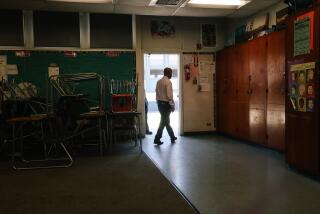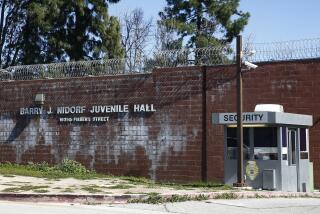Half of State’s School Districts Operated at Deficit Last Year
- Share via
SACRAMENTO — Nearly half of California’s public school districts spent themselves into the red in the 1990-91 fiscal year, the state controller’s office reported Friday.
The controller’s annual report on school finances disclosed an “alarming pattern” of deficit spending, and said prospects for this school year look worse.
“This year’s report shows the result of continued financial strain on the state’s schools,” state Controller Gray Davis said in a written statement. “Like the little Dutch boy, schools are plugging the holes as quickly as they can but they’re running out of fingers.”
Out of 1,071 school districts, 529 spent more money than they received in 1990-91, according to the report. That marked a twofold increase over two years in the number of deficit-spending districts.
“The outlook for the 1992-93 fiscal year appears even more dismal” because schools haven’t received a state funding increase to cover inflation in two years, the report said.
The report was based on financial information about the 1990-91 fiscal year and included scant analysis of the 1991-92 school year.
Last year, two schools districts --Coachella Valley and Richmond Unified--notified the state that they could not pay their bills. Another 25 said they might have trouble meeting their obligations.
While that was down from 32 the previous year, the report says, “the number raises a cause for concern since almost all the districts on the list are school districts which have financial problems for the first time.”
A total of 108 districts ended 1990-91 with little or nothing in financial reserves--up 29% from the prior year and a 145% increase over two years.
The report also found that debt financing in 1989-90 almost doubled from the previous year. “We have discovered that some school districts utilize long-term debt to fund current year operating costs. This is considered poor fiscal practice.”
More to Read
Get the L.A. Times Politics newsletter
Deeply reported insights into legislation, politics and policy from Sacramento, Washington and beyond. In your inbox twice per week.
You may occasionally receive promotional content from the Los Angeles Times.










